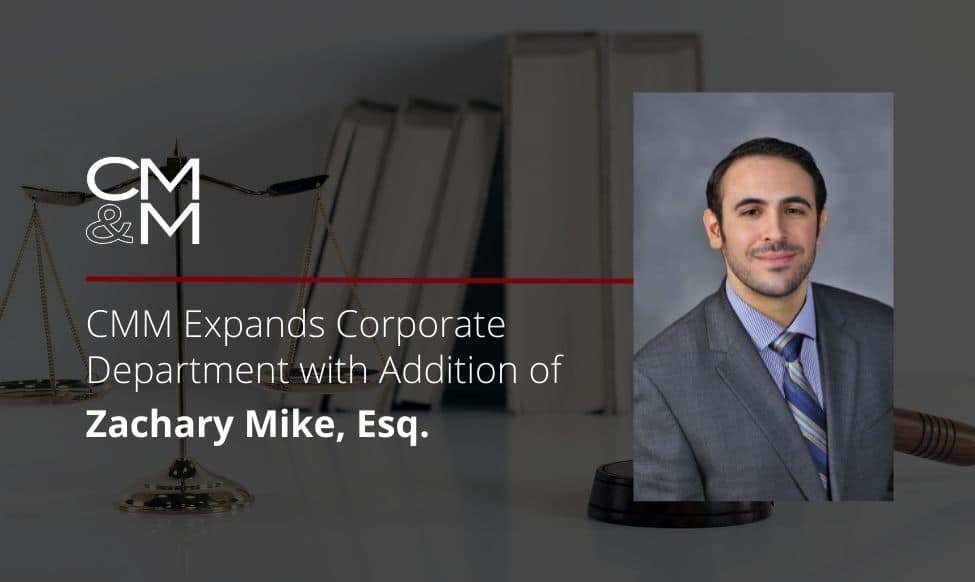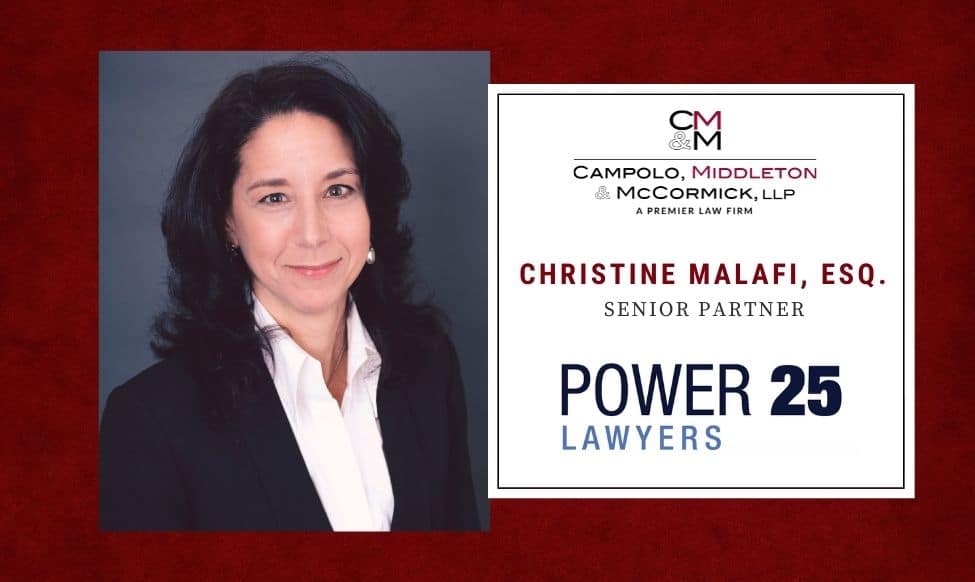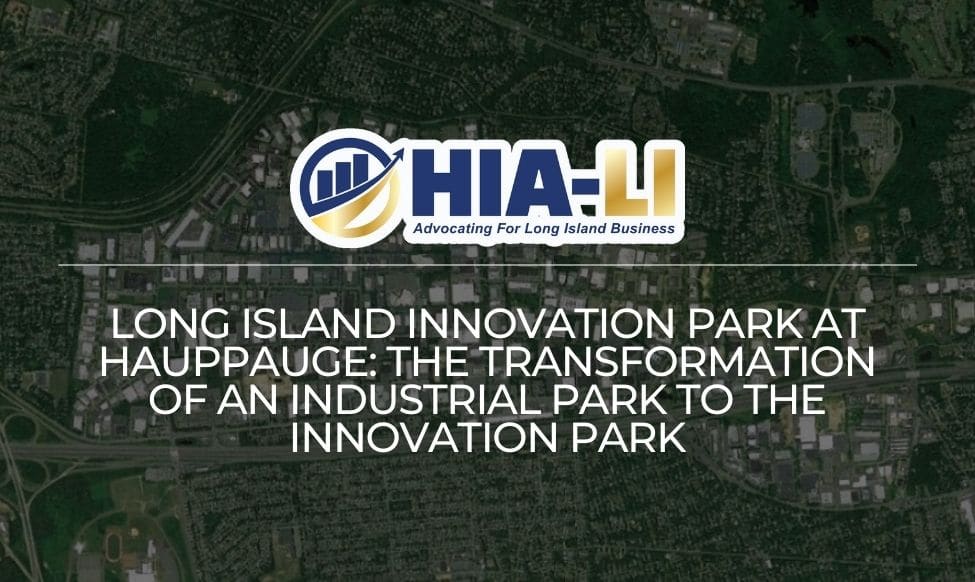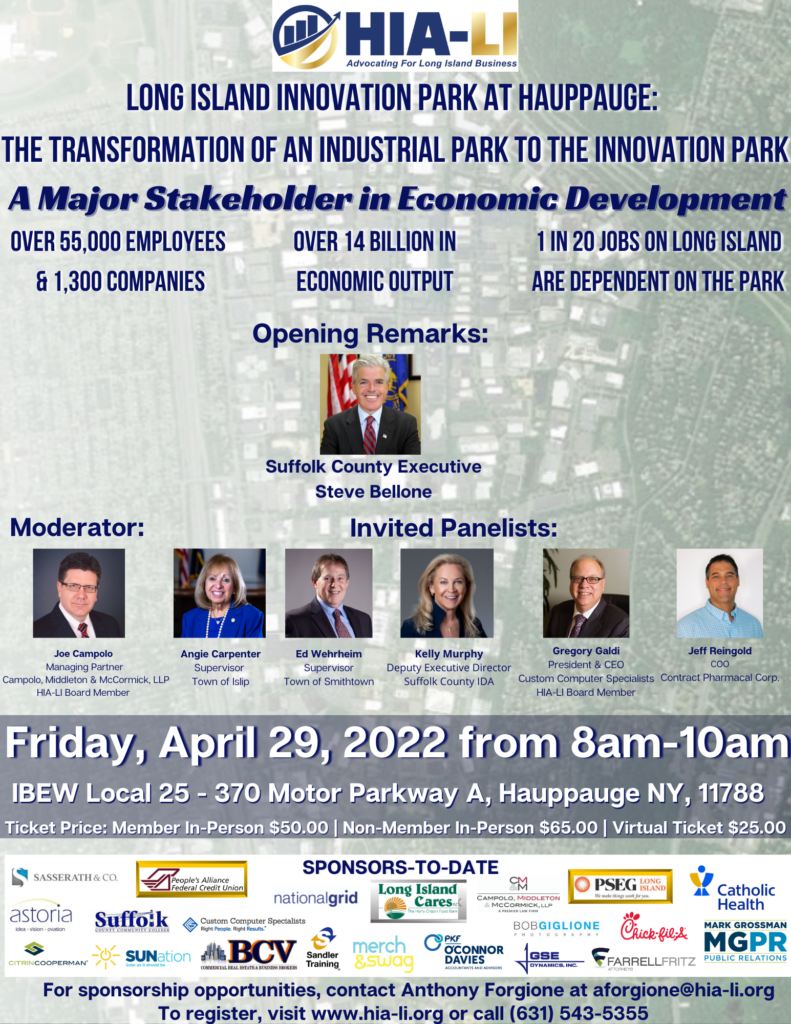They say a family business is a never-ending journey that is constantly evolving. For our client, a multi-generation family business that has been operating in New York for more than 120 years, this certainly holds true.
CMM recently represented this long-established family business in an M&A deal involving the sale of the company. Our client is a Suffolk County manufacturer in the plumbing, cooling, and heating industry. Developing lines of quality products for wholesale distribution, refrigeration, and food service industries, our client manufacturers the tools and devices needed for all types of industrial applications. The deal involved the multimillion-dollar sale of our client’s assets to an affiliate of a larger midwestern manufacturer of equipment products whose distribution network services countries around the world.
CMM’s team, led by Vincent Costa with support from Paralegal Kat Campolo, negotiated the asset purchase agreement on behalf of our client, evolving and transforming their family business as they know it.
Learn more about M&A practice here and contact us for guidance on your next business purchase or sale.









